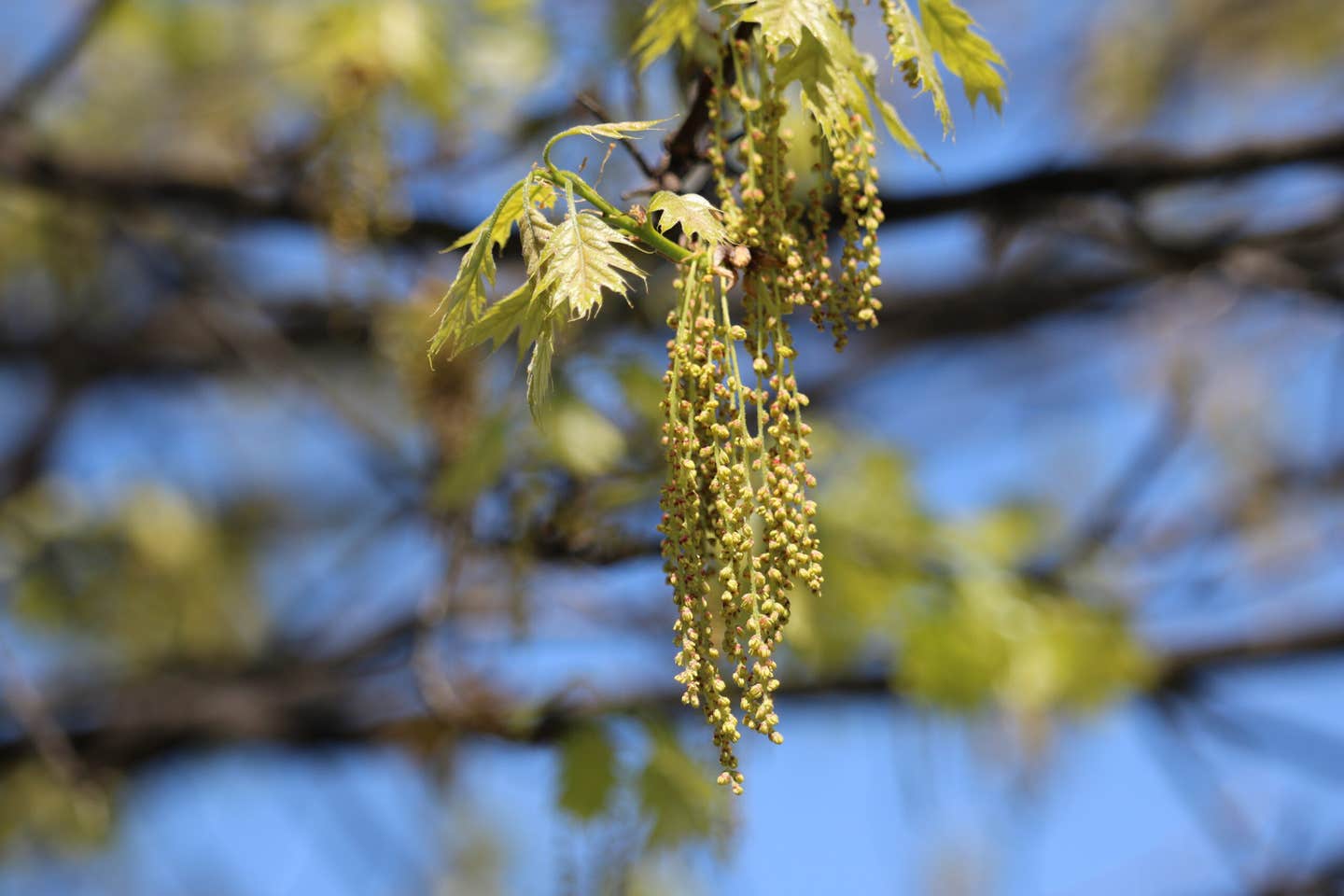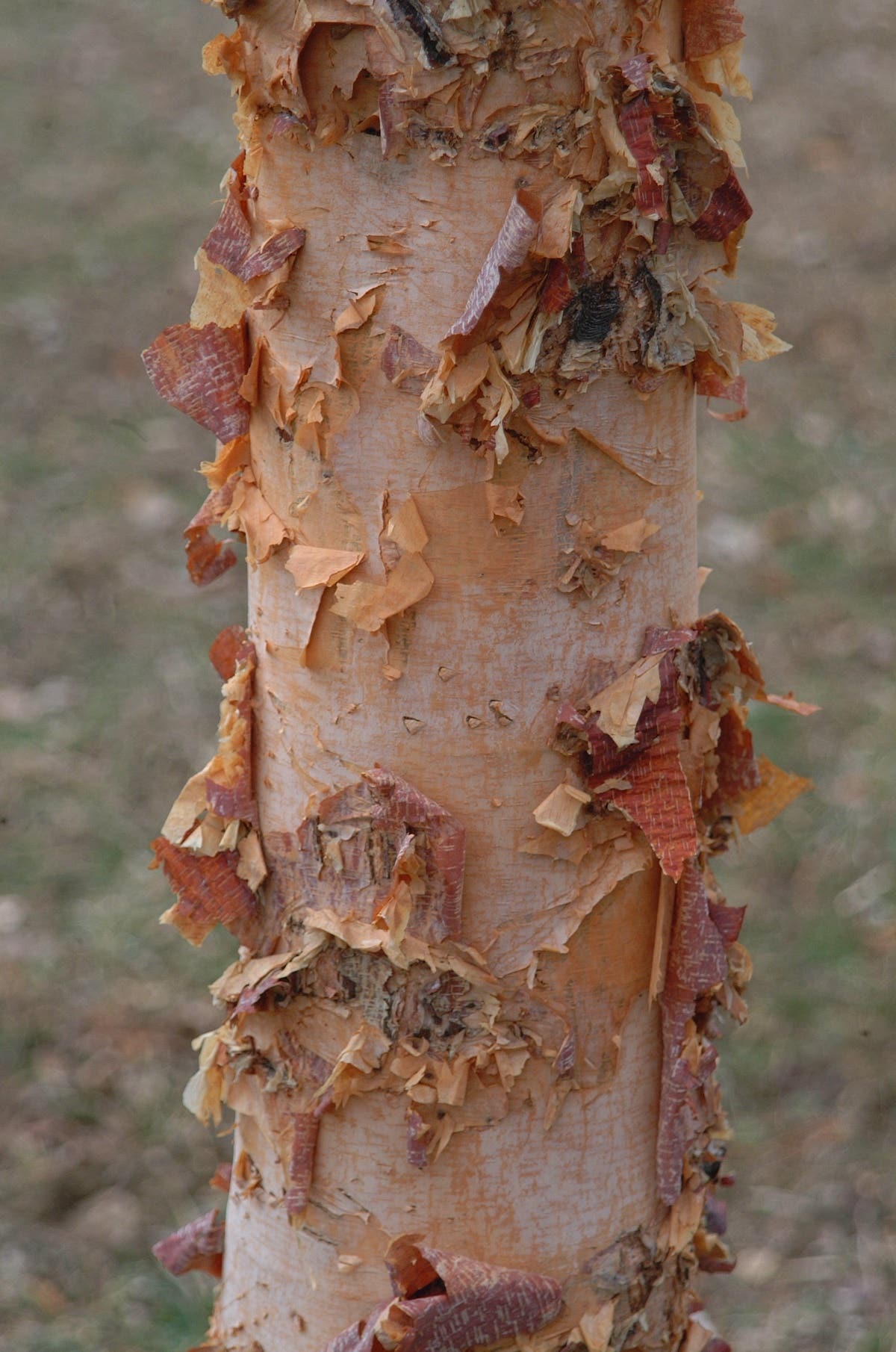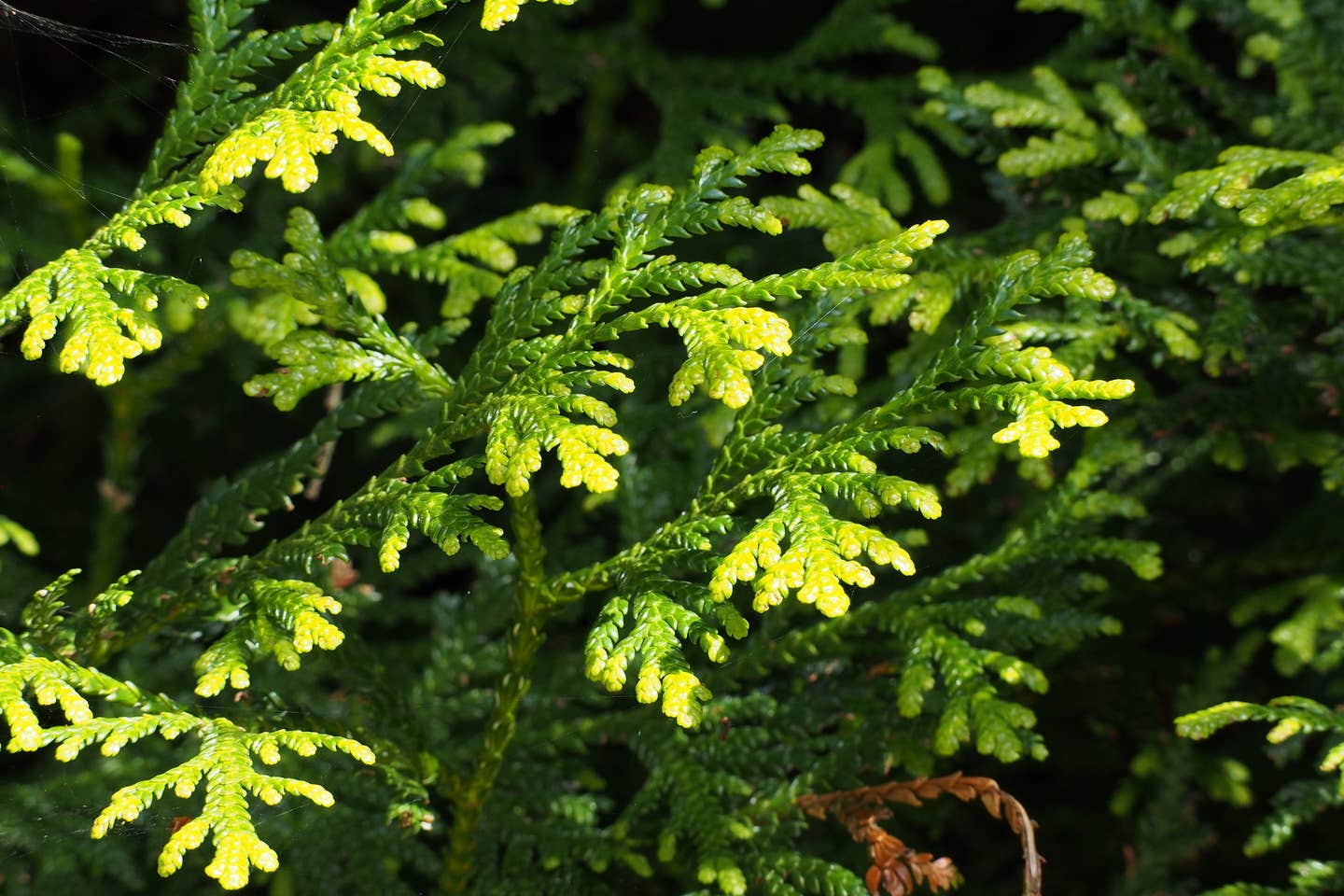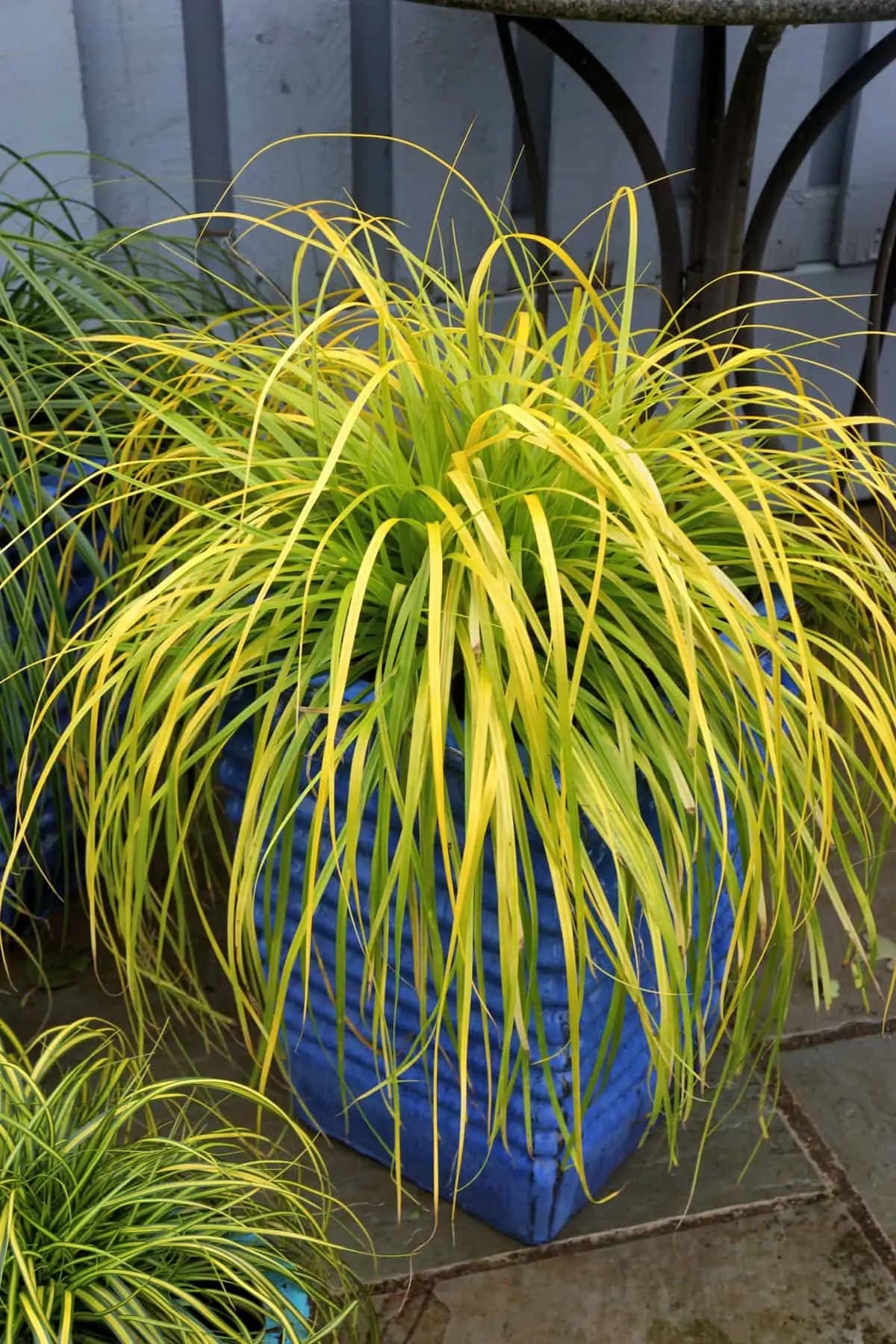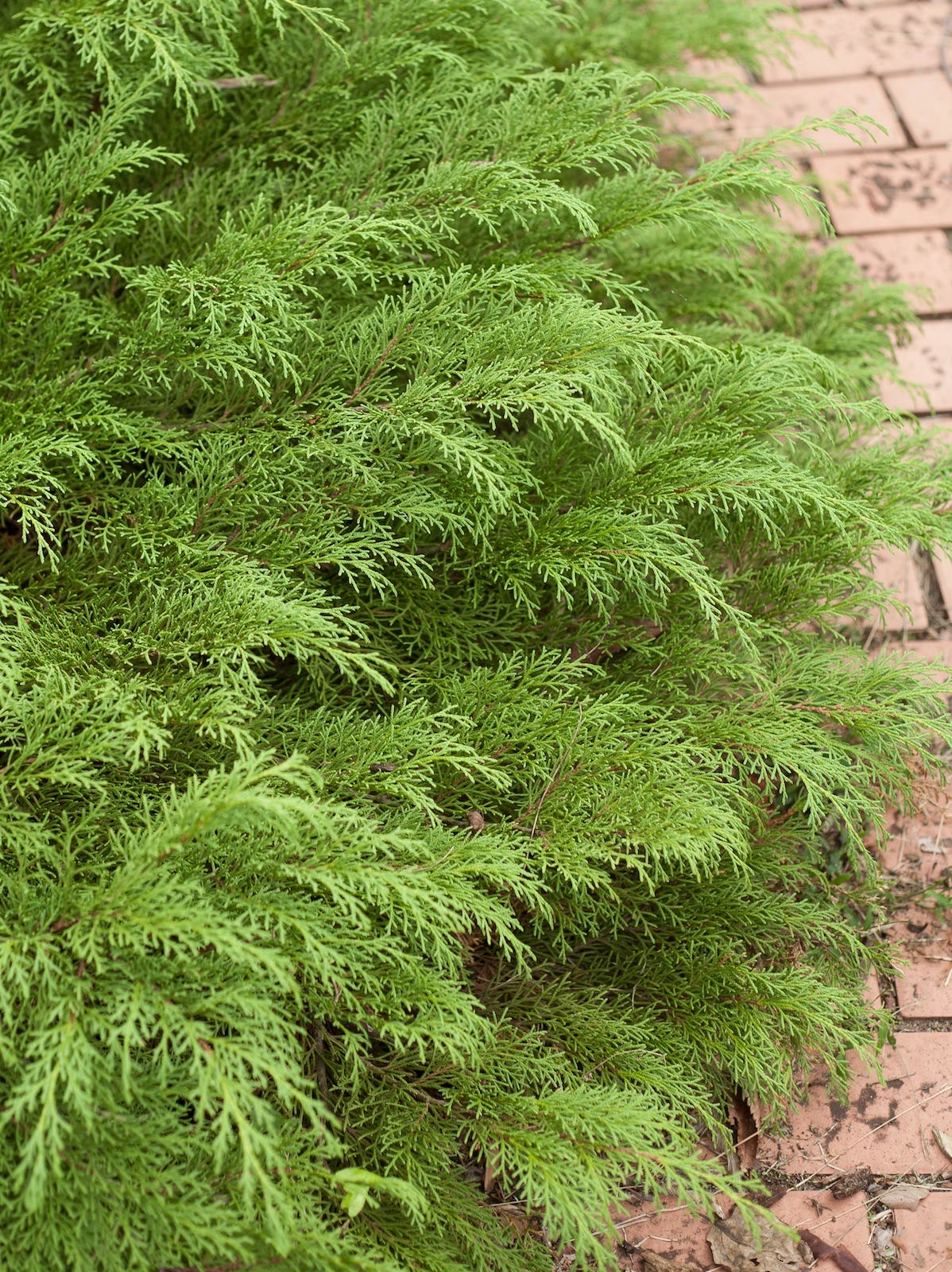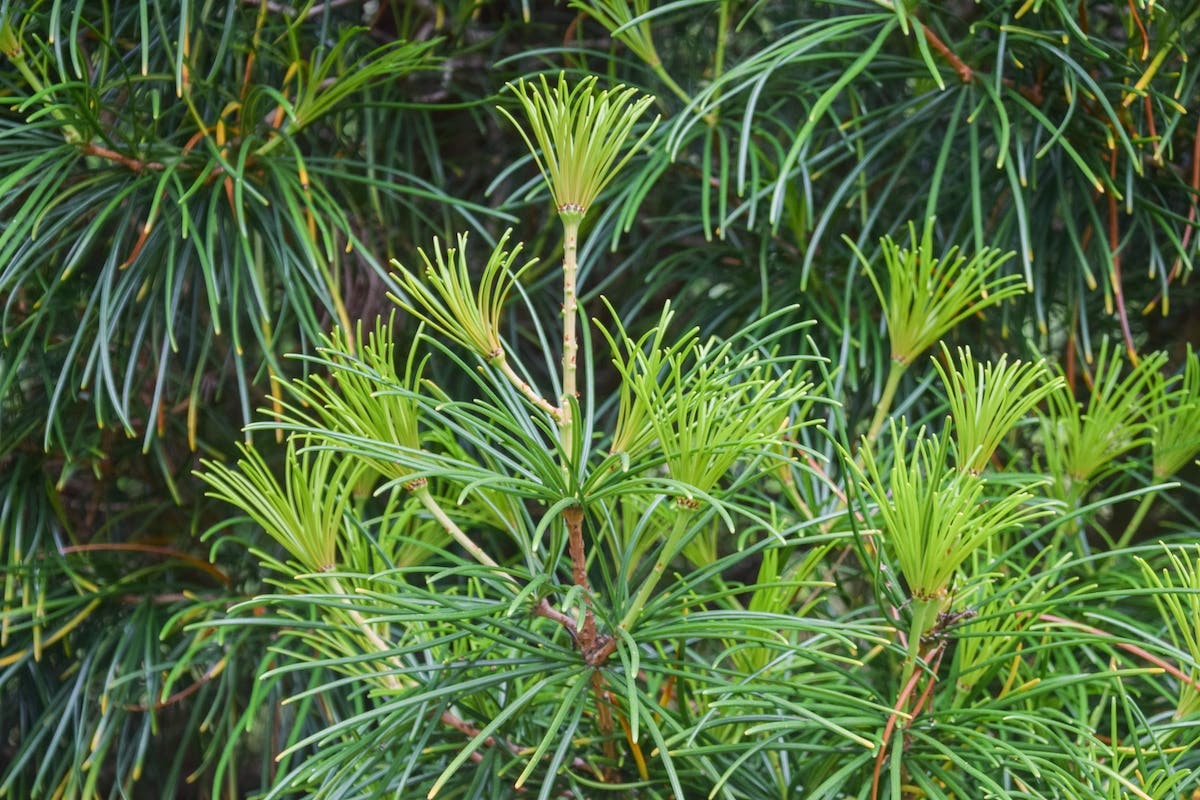Figs
Commercial fig production takes place in California and the Southwest, but gardeners can successfully grow in-ground figs as far north as Massachusetts.
A few years ago, I was working at a nursery when a customer brought me a fig from a tree I had sold him the previous year. The fruit was soft, pea green, sun warmed. When I bit into it, the amber flesh and tiny seeds melted in my mouth. “Honey!” I thought. The fig, aptly named Ficus carica ‘Peter’s Honey’, bore no hint of Fig Newton taste or texture. Shortly thereafter, I planted one for myself. Later, I planted ‘Black Mission’, ‘Brown Turkey’, and white ‘Kadota’ figs in customers’ gardens. I had become a fig fiend.
Commercial fig production takes place in California and the Southwest, but gardeners can successfully grow in-ground figs as far north as Massachusetts. Just remember, figs like heat. Give them at least six hours of direct sunlight each day. Winter temperatures below 10oF will freeze a fig to its roots. Some northern gardeners keep their figs pruned close to the ground so the whole plant can be protected more easily. A chicken-wire cage filled with leaves serves as effective cover. In areas with long hot summers, figs produce two crops, one on the previous year’s growth and one on new growth. In cool areas, the second crop may not have time to mature. When a fig is ripe, it will separate easily from the tree when the stem is bent toward the branch. To avoid fruit drop, keep the soil moisture even. Figs like soil with a pH between 6 and 7.8. In alkaline soil, the tree will stay small and the fruit with have a higher sugar content.


